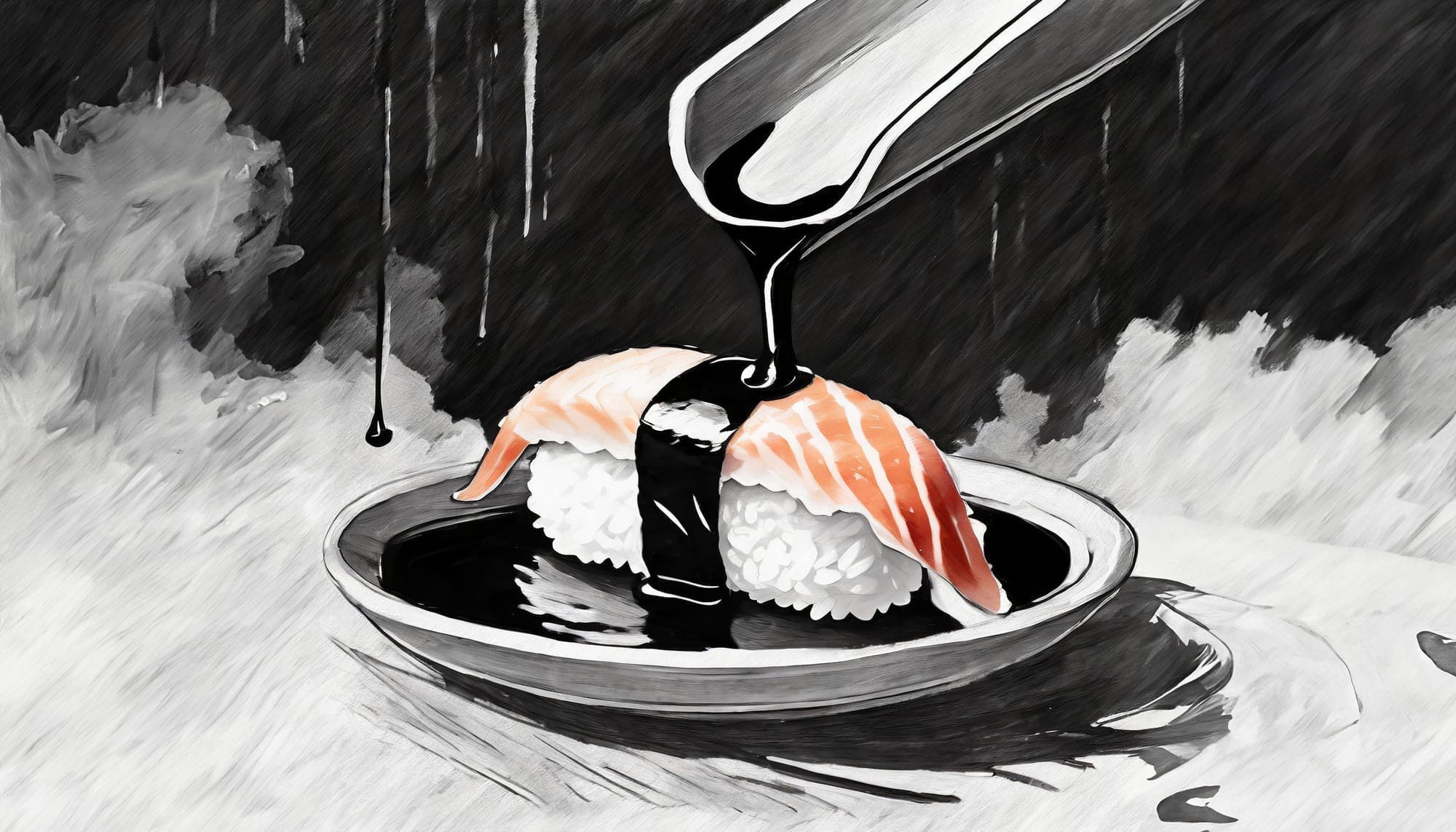Before I set foot in a professional kitchen I understood sauces vaguely, mostly in the affirmative. As in “yes, I’ll have more sauce with that” or “this sauce is SO good.” I could wave my hands and tell you that sauces were a keystone of French cooking, or that any half-decent kitchen had a huge pot of stock burbling to itself at all hours of the day on a burner somewhere, destined to become sauce.
What is a sauce, really? A liquid, some aromats, some bones and meat for flavor and collagen. Thickened, reduced, puréed.
There is more to a sauce than parts. A sauce can start a dish or complete it. It is not reflexive; cannot exist alone, but at the right moment, in the right proportion, can imbue a dead plate with something a little like soul.
The style of a sauce is indelible to the language of food, a language bound by soil and culture and obliged by time. In the French style a sauce is a blanket, or maybe a négligée. A French sauce is cooked alone, often fussed over, tenderly re-made fresh each day. Its best expression is complex, sumptuous, layered with flavours and aromas. There is texture to a French sauce. It is the texture of satin, silk and velvet; of opulence.
In Japan sauces are spare, dignified, nuanced; used for dipping, for seasoning, to enliven or elevate the flavours of a chopstick-laden morsel. There is a story about a famous French chef training with Daisuke Nomura, the executive chef of a celebrated Shōjin Ryōri restaurant in Tokyo. Nomura began the training by gently placing a sheet of kombu and a handful of sun-dried bonito flakes in a pot of hot water. Ten minutes later, he announced it finished. The Frenchman objected. How could you possibly create anything worthwhile with so few ingredients in just ten minutes? After chuckling Nomura responded: “we only need to spend ten minutes in the kitchen because we spent two years making the ingredients.”
In China, sauce forms the underlying structure and medium of food. Meats and vegetables are braised, stewed or fried in sauce, and flavours lean towards the muscular, savoury, and intense. One Chinese master sauce called Lu is made by brining meat in salted water, then adding soy, sugar, and aromats like anise, szechuan and garlic. A single batch of Lu is refreshed, like a sourdough, and can be kept for decades — eating a single batch of fifty-year old Lu-braised duck is like eating the essence of 7,000 ducks. In other parts of China, Lu is flavoured with fermented glutinous rice mash left over after brewing Huangjiu (rice wine).
Like people, sauces are mutable. Sauces tell us stories about our colonies, our conflicts, our technologies, and our hopes for the future. Today they are lighter, more delicate, and more complex than those of our forebears’. Tomorrow, the world will change. Borders will bend, people will migrate, ideas will go in and out of fashion. How will our sauces evolve?
Image created with generative AI. Prompt: an impressionist painting of nigiri being dipped into soy sauce, black & white; Firefly Model 2 & Generative Fill; 5 attempts
